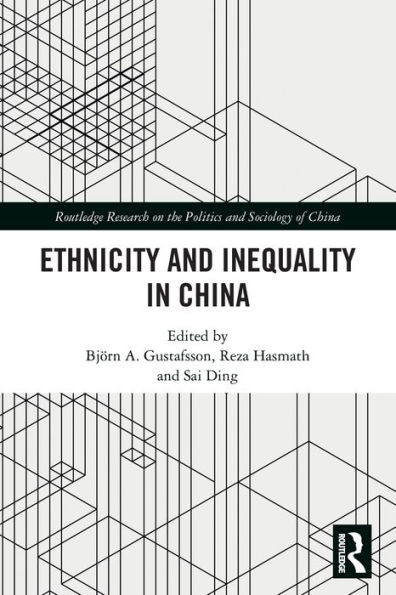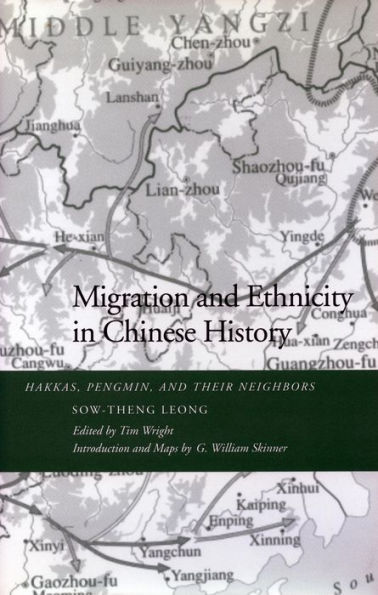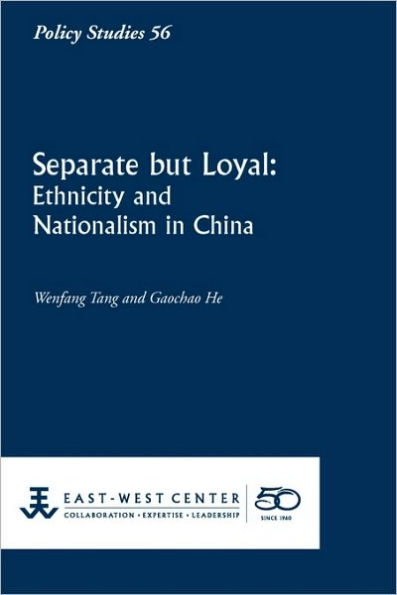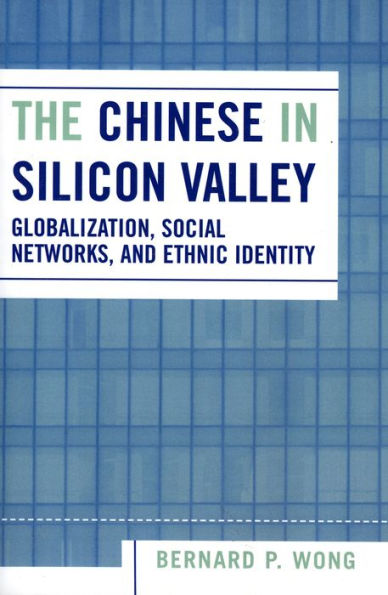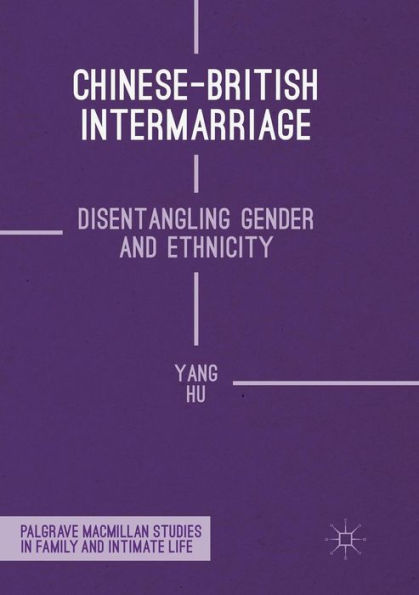Home
Footbinding as Fashion: Ethnicity, Labor, and Status Traditional China
Barnes and Noble
Footbinding as Fashion: Ethnicity, Labor, and Status Traditional China
Current price: $35.00
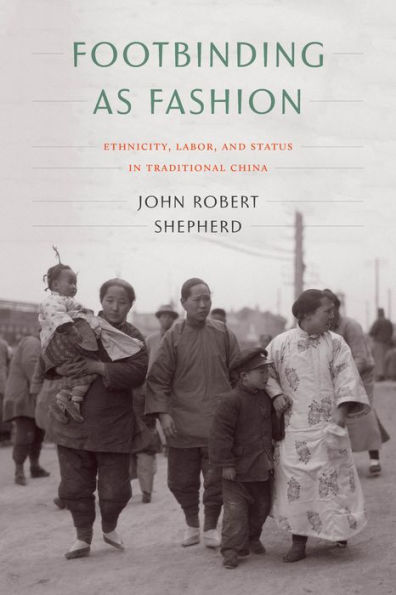

Barnes and Noble
Footbinding as Fashion: Ethnicity, Labor, and Status Traditional China
Current price: $35.00
Size: Paperback
Loading Inventory...
*Product information may vary - to confirm product availability, pricing, shipping and return information please contact Barnes and Noble
Previous studies of the practice of footbinding in imperial China have theorized that it expressed ethnic identity or that it served an economic function. By analyzing the popularity of footbinding in different places and times,
Footbinding as Fashion
investigates the claim that early Qing (1644–1911) attempts by Manchu rulers to ban footbinding made it a symbol of anti-Manchu sentiment and Han identity and led to the spread of the practice throughout all levels of society. Detailed case studies of Taiwan, Hebei, and Liaoning provinces exploit rich bodies of previously neglected ethnographic reports, economic surveys, and rare censuses of footbinding to challenge the significance of sedentary female labor and ethnic rivalries as factors leading to the hegemony of the footbinding fashion. The study concludes that, independently of identity politics and economic factors, variations in local status hierarchies and elite culture coupled with status competition and fear of ridicule for not binding girls’ feet best explain how a culturally arbitrary fashion such as footbinding could attain hegemonic status.
Footbinding as Fashion
investigates the claim that early Qing (1644–1911) attempts by Manchu rulers to ban footbinding made it a symbol of anti-Manchu sentiment and Han identity and led to the spread of the practice throughout all levels of society. Detailed case studies of Taiwan, Hebei, and Liaoning provinces exploit rich bodies of previously neglected ethnographic reports, economic surveys, and rare censuses of footbinding to challenge the significance of sedentary female labor and ethnic rivalries as factors leading to the hegemony of the footbinding fashion. The study concludes that, independently of identity politics and economic factors, variations in local status hierarchies and elite culture coupled with status competition and fear of ridicule for not binding girls’ feet best explain how a culturally arbitrary fashion such as footbinding could attain hegemonic status.


